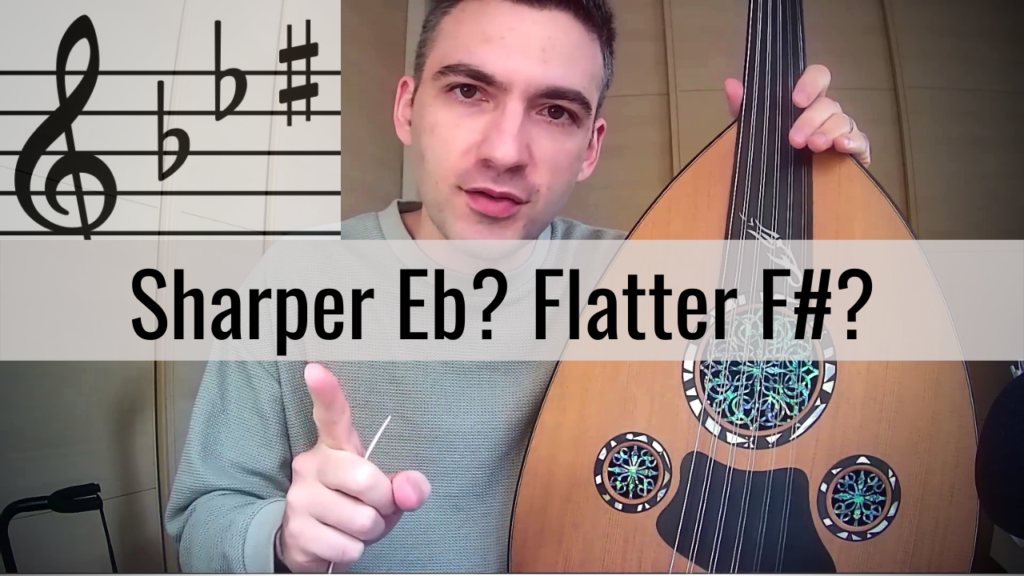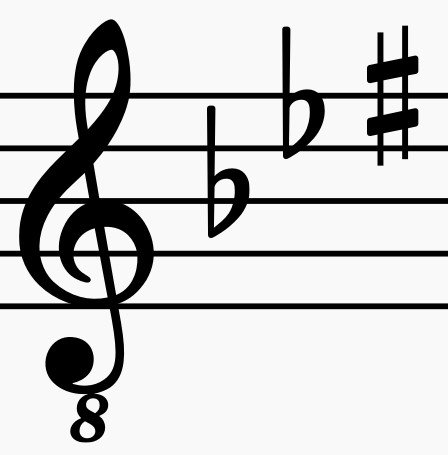There are so many ways to perform jins hijaz (the tetrachord known as hijaz) in Arabic and Turkish music.
In this video you’ll see and hear how to play “hard” and “soft” intervals of jins hijaz. You can create so many intonational colours and flavours by playing with the intonation.
In Arabic music, when playing Maqam Hijaz with a starting note of D (Re), we use the key signature above.
But…
Do we actually play E flat and F sharp as understood in Western classical music?
Nope…
Let’s watch this in action:
Jins hijaz has so much variation throughout the middle east. All styles, whether Persian, Turkish or Arabic, have their own flavours.
It’s just like the spices we use, or the tints of colour we use. With intonation you can play around with the soundscapes.
Learning maqams can be overwhelming, but it doesn’t have to be.
With a systematic approach, you too can wrap your head around the different maqams and their modulations from one to another.
Is this stuff going over your head? That’s okay, start here with my maqam guide.
There’s really not that much to it, once you learn the basics.
If you come from the knowledge base of Western Classical music, just remember that the approach is to modal music, jins hijaz, is very different.
In middle eastern music, melody is the most important thing as opposed to harmony. Sometimes a maqam is differentiated not simply by which notes are used, but also the melody used.
In the same way that a particular chord progression has a unique character or signature, a melody can do the same.
There are some maqams that have a signature melody.
There are some maqams that share the same note intervals, but the melody starts on a different scale degree.
The “hijaz” tetrachord appears with it’s own flavour in Persian music. You’ll see what I’m talking about in Part 2 of this video.
Subscribe to our newsletter to see that video when I post it.







